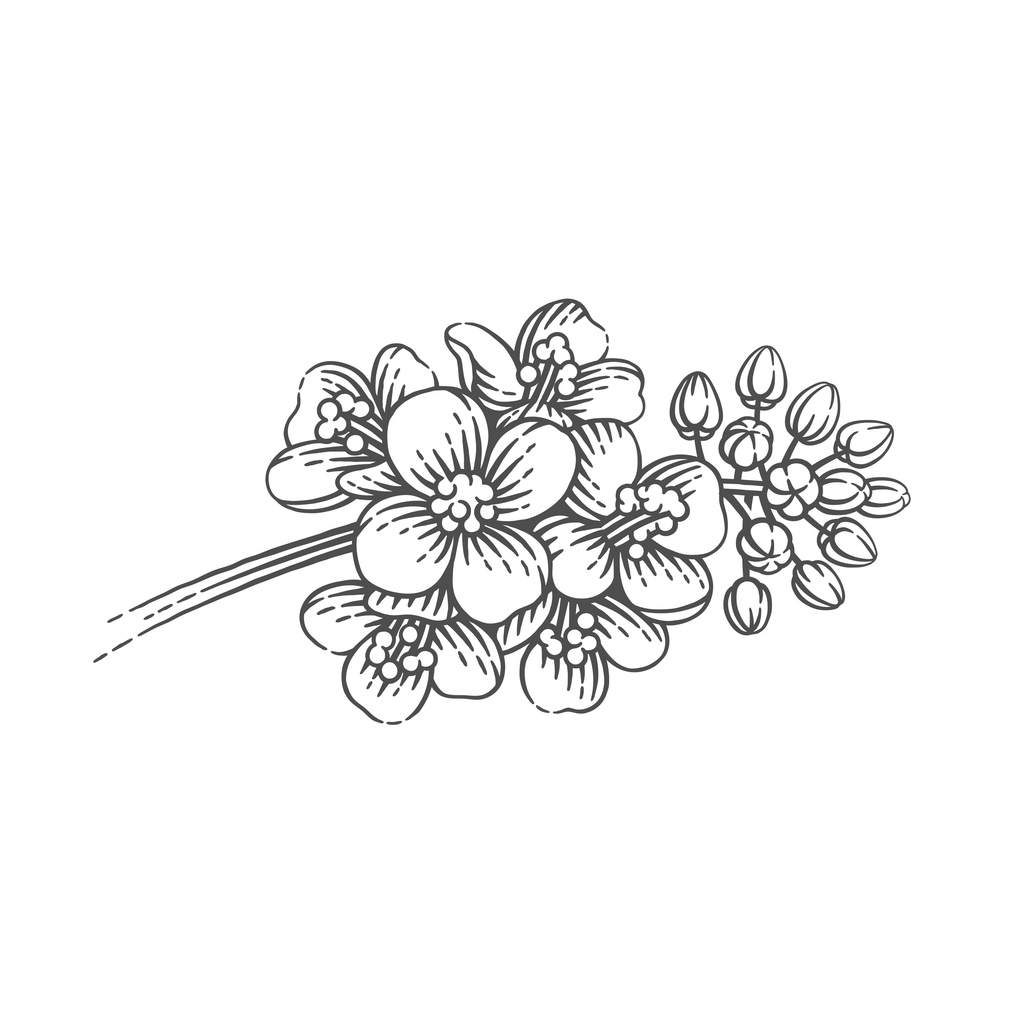Field Crops, Forage and Turfgrass Production
-

Commercial insect and weed control in summer and winter temporary grazing. Updated annually.
William G. Hudson, G. David Buntin, and Allison Faye Johnson
|
-

SB 28-10
Alfalfa
Commercial insect and weed control in alfalfa. Updated annually.
G. David Buntin and Allison Faye Johnson
|
-

SB 28-32
Tobacco
Commercial insect and weed control in tobacco. Updated annually.
J.Michael Moore and Allison Faye Johnson
|
-

SB 28-13
Canola
Commercial insect and weed control in canola. Updated annually.
G. David Buntin, Eric P. Prostko, and Allison Faye Johnson
|
-

SB 28-33
Turfgrass
Commercial insect and weed control in turfgrass. Updated annually.
William G. Hudson, Clint Waltz, Alfredo Martinez, Shimat V. Joseph, Patrick E McCullough, and Allison Faye Johnson
|
-

SB 28-14
Clover
Commercial insect and weed control in clover. Updated annually.
Allison Faye Johnson, Lisa Baxter, and Taylor Randell Singleton
|
-

SB 28-15
Corn and Field Corn
Commercial insect and weed control in corn and field corn. Updated annually.
G. David Buntin, Eric P. Prostko, Robert C Kemerait Jr, and Allison Faye Johnson
|
-

SB 28-16
Cotton
Commercial insect and weed control in cotton. Updated annually.
Phillip Marion Roberts, Stanley Culpepper, Robert C Kemerait Jr, Allison Faye Johnson, Camp Hand, and Michael D Toews
|
-

SB 28-17
Field Peas
Commercial insect and weed control in field peas. Updated annually.
Eric P. Prostko and Allison Faye Johnson
|